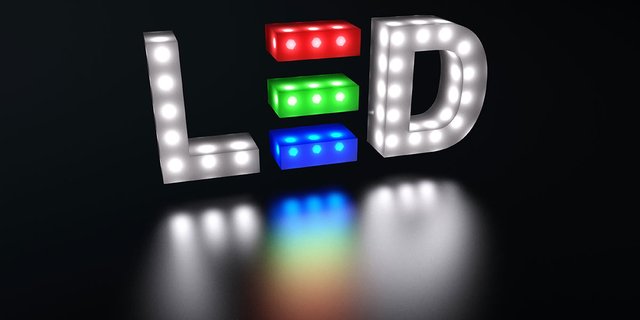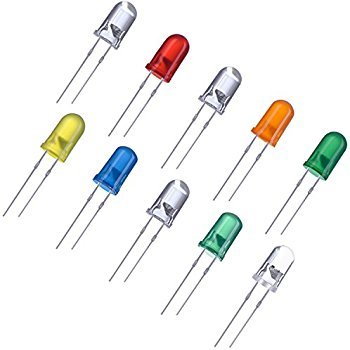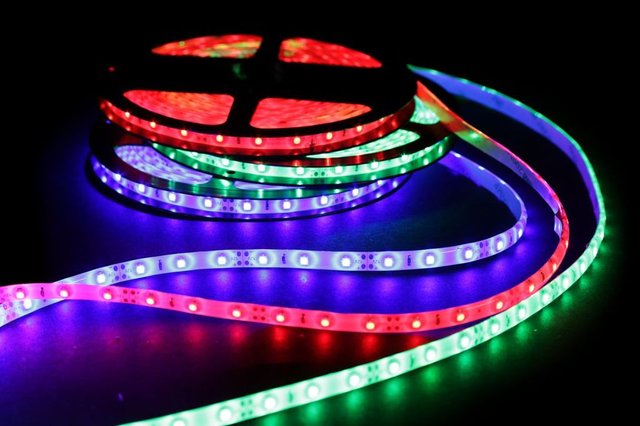A light-emitting diode (LED) is a semiconductor device that emits visible light when an electric current passes through it. The light is not particularly bright, but in most LEDs it is monochromatic, occurring at a single wavelength. The output from an LED can range from red (at a wavelength of approximately 700 nanometers) to blue-violet (about 400 nanometers). Some LEDs emit infrared (IR) energy (830 nanometers or longer); such a device is known as an infrared-emitting diode (IRED).
Benefits of LEDs and IREDs, compared with incandescent and fluorescent illuminating devices, include:
Low power requirement: Most types can be operated with battery power supplies.
High efficiency: Most of the power supplied to an LED or IRED is converted into radiation in the desired form, with minimal heat production.
Long life: When properly installed, an LED or IRED can function for decades.


Hi! I am a robot. I just upvoted you! I found similar content that readers might be interested in:
https://whatis.techtarget.com/definition/light-emitting-diode-LED
Downvoting a post can decrease pending rewards and make it less visible. Common reasons:
Submit
ok thanks
Downvoting a post can decrease pending rewards and make it less visible. Common reasons:
Submit
It was great👌
Downvoting a post can decrease pending rewards and make it less visible. Common reasons:
Submit
Vere goood
Downvoting a post can decrease pending rewards and make it less visible. Common reasons:
Submit